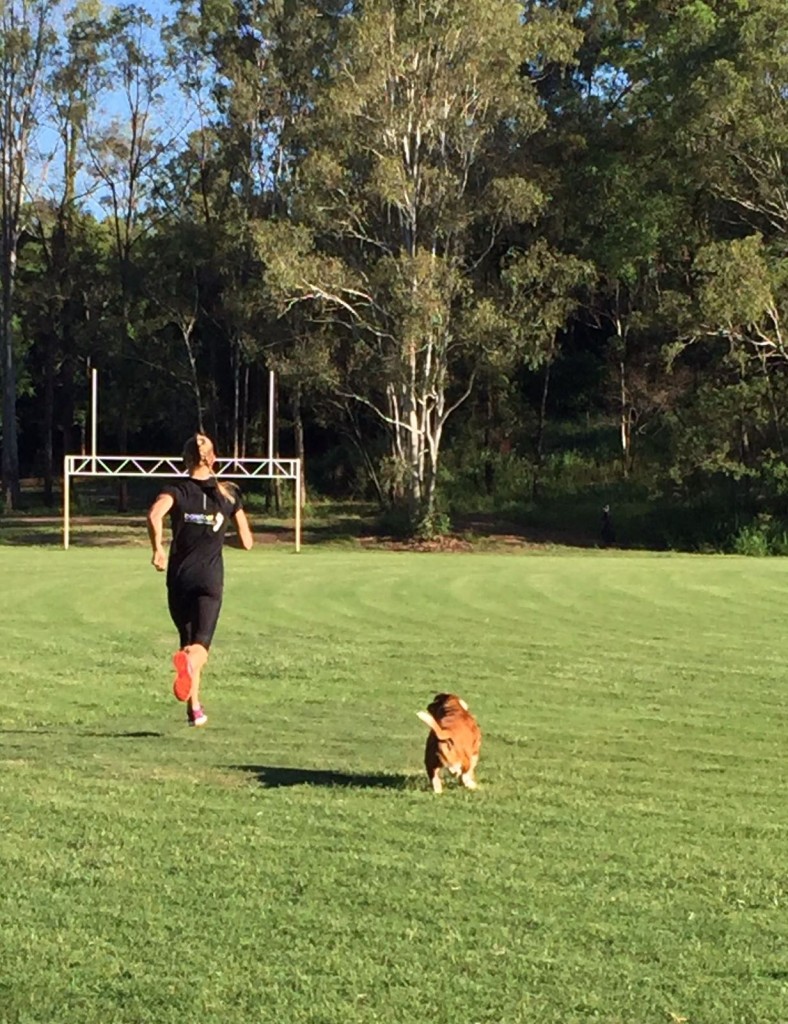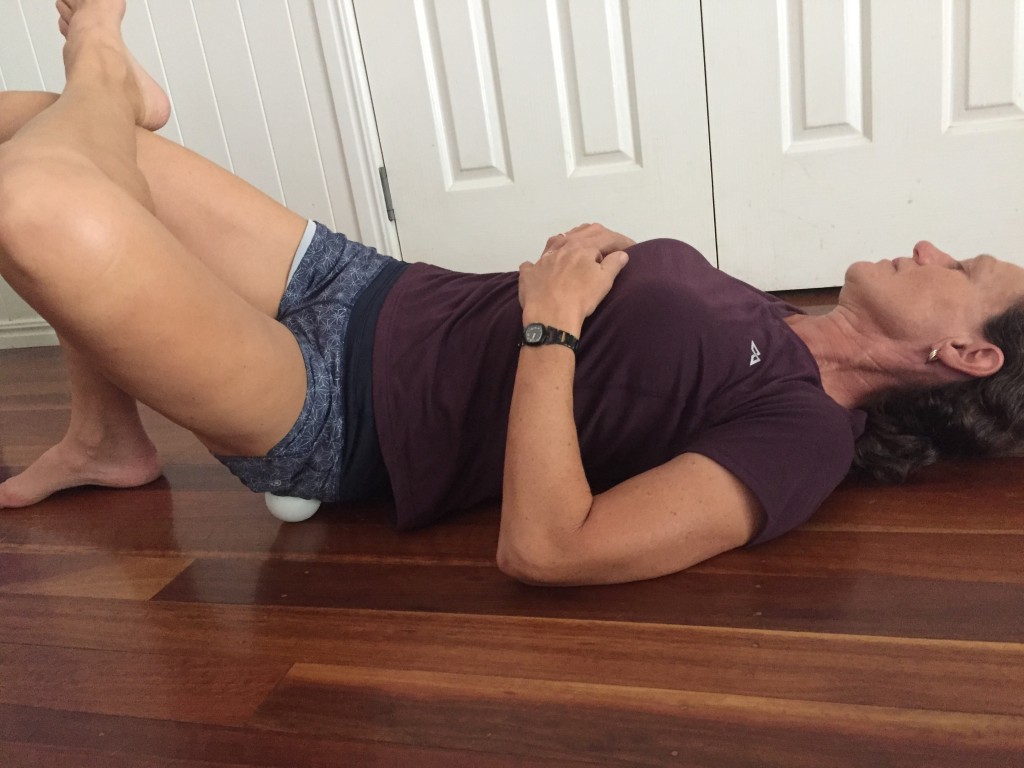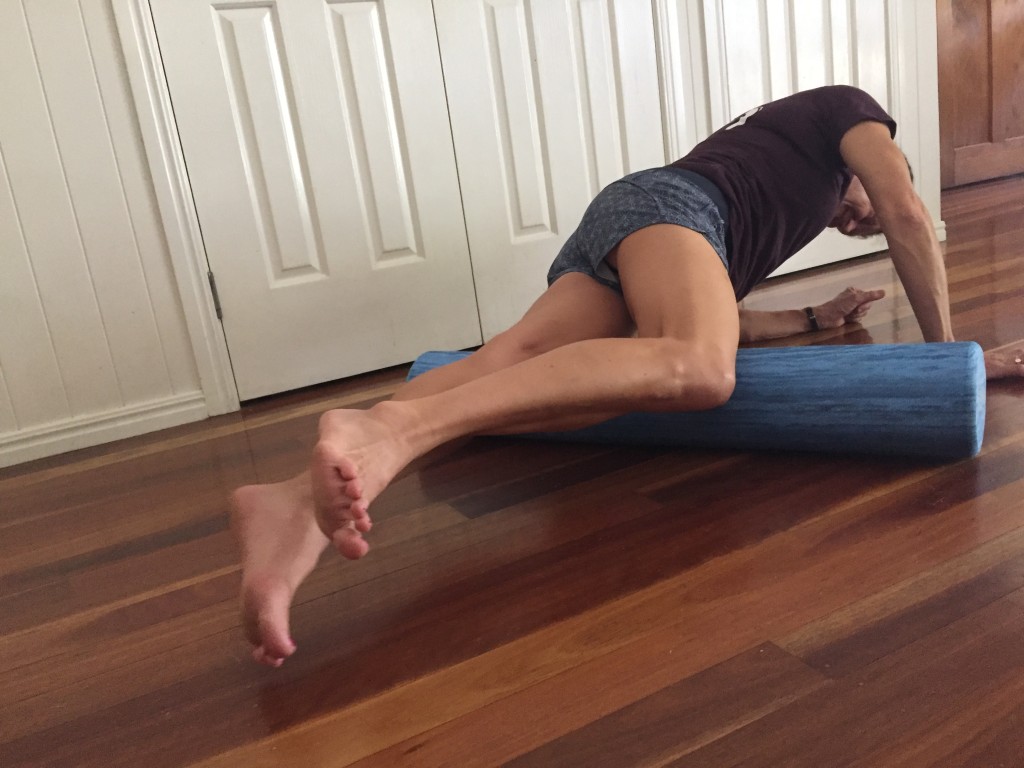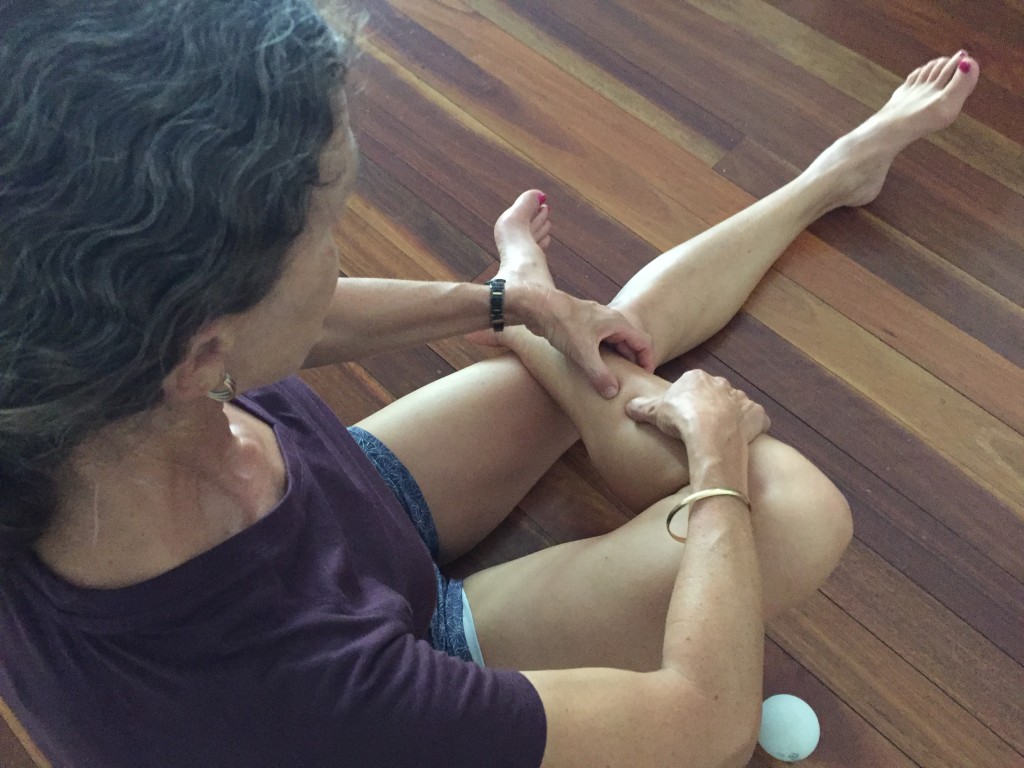Running Recovery and Injury Prevention
 As the ‘fun run’ season starts to get into full swing, we are seeing more and more people out hitting the pavement. While running is a great way to improve your fitness (and see the sights), people often underestimate the load it places on your body. Running is predominantly a single leg activity. That is, when running with good technique, there should be little to no time with both legs on the ground. As a result, running requires a lot of leg strength and core (trunk/pelvis) stability. Running can be a fun and rewarding form of exercise, but without the right care, it can also lead to frustrating injuries.
As the ‘fun run’ season starts to get into full swing, we are seeing more and more people out hitting the pavement. While running is a great way to improve your fitness (and see the sights), people often underestimate the load it places on your body. Running is predominantly a single leg activity. That is, when running with good technique, there should be little to no time with both legs on the ground. As a result, running requires a lot of leg strength and core (trunk/pelvis) stability. Running can be a fun and rewarding form of exercise, but without the right care, it can also lead to frustrating injuries.
There are lots of steps that can be taken to help eliminate running pain and injury.
Rest and recovery
Soreness following exercise is referred to as “delayed onset muscle soreness” (DOMS). Appropriate rest and recovery strategies can help minimise the severity of DOMS. Below are some recommendations:
- When you finish your run, do a few minutes of gentle jogging or walking before jumping in the car to head home. This allows your muscles time to cool down gradually and to clear any waste products (such as lactic acid) from your blood. It will help you to feel less stiff the next day and reduce the time needed between running sessions
- Allowing enough rest time between running sessions. If you have not been running recently, then allow your body a few days between running sessions and only start with 1-2 days of running per week. As you build up your body’s endurance and tolerance to running, you should be able to run more days a week and with less days between
- Watermelon juice! Studies have shown the tasty fruit juice contains high levels of L-citrulline which reduces the severity and onset of DOMS. Consuming the juice was more effective than taking a supplement of the same dosage
- There is evidence that hot Epsom salt baths improve muscle soreness. There is also evidence for the slightly less appealing ice-baths… Everyone has their preference so test it out and see what works for you
- Regular self-releases, massage and physio!
Releases – Musculoskeletal Physiotherapy Brisbane
 The main ‘running muscles’, can get tight from the increased work-load of running. Regular releases of these muscles can help reduce the tightness in them and hence reduce the risk of injury. Below is a collection of muscle releases- all muscle releases should aim for 2-3 spots per muscle, with each spot being released for 60-90 seconds
The main ‘running muscles’, can get tight from the increased work-load of running. Regular releases of these muscles can help reduce the tightness in them and hence reduce the risk of injury. Below is a collection of muscle releases- all muscle releases should aim for 2-3 spots per muscle, with each spot being released for 60-90 seconds
- Glutes are one of the main stabilisers of the pelvis as well as being the ‘powerhouse’ for propelling the body forward when running. As a result they can get very tight!
- Hamstrings are also important for helping produce force for running and are also commonly ‘overloaded’ when the glute muscles are tight or underactive
- Quadriceps and hip flexors lift your leg and control your leg when it hits the ground. Tightness in the quadriceps is often associated with knee aches and pains

- Calf muscles (gastrocnemius and soleus): calves are responsible for the ‘push off’ of your feet and also help control your foot strike when running. Overly tight calves can lead to ‘shin splints’ and Achilles tendon problems
Having an all over body assessment of your muscles, joints, nerves and movements by a running physio can help pick up on any particular areas of restriction that may become a problem.
Happy Running!






